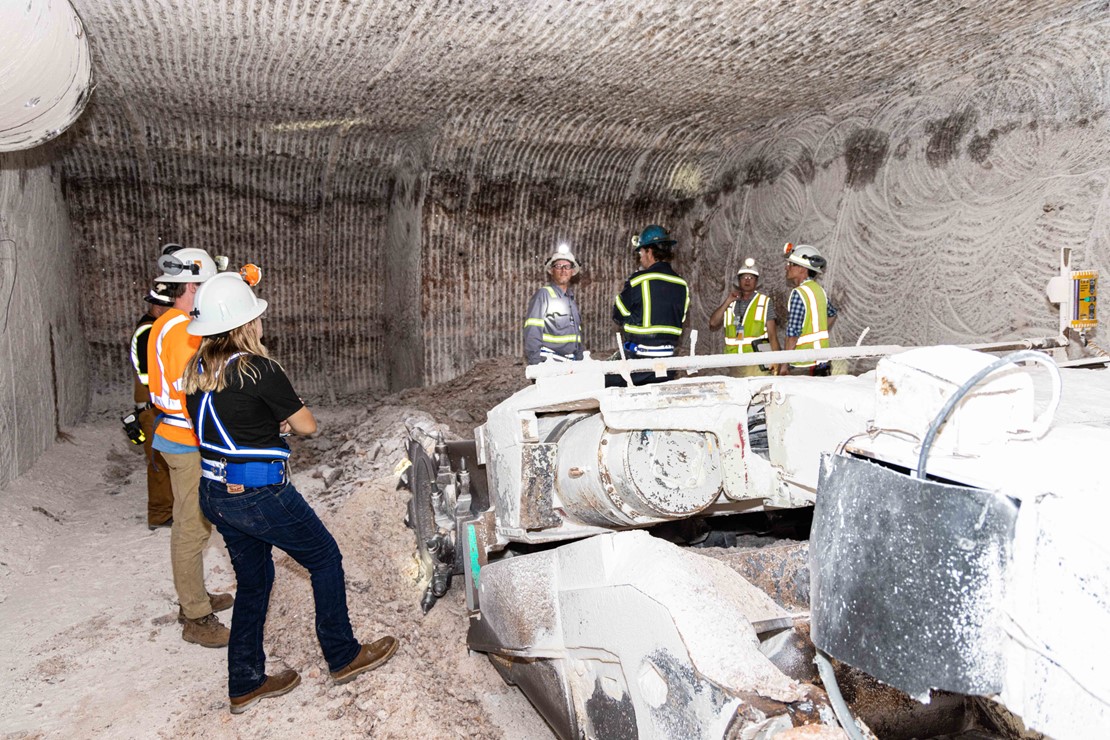ICP crews inspect transuranic waste drums to ensure they comply with shipping requirements. (Photo: DOE)
The Department of Energy’s Idaho Cleanup Project (ICP) has improved transuranic waste operations to address aging waste containers being stored at the Advanced Mixed Waste Treatment Project (AMWTP) at the Idaho National Laboratory Site, the DOE’s Office of Environmental Management announced on December 10.
TRU drum storage in the Solid Waste Management Facility in 1998 before WIPP opened (left) and in 2024 (right). (Photo: DOE)
The Solid Waste Management Facility (SWMF) at the Savannah River Site saw a large reduction of transuranic (TRU) waste in fiscal year 2024, achieving the highest volume of TRU waste shipped out of state by the facility in the past 10 years, according to the Department of Energy.
TRU waste typically consists of protective clothing, tools, rags, equipment, and miscellaneous items contaminated with small amounts of plutonium and other heavy elements.
Idaho National Laboratory employees consult on a microgrid at Utah’s Dugway Proving Ground. Two solar projects were selected for development on INL land. (Photo: INL)
On July 28, 2023, the Department of Energy launched its Cleanup to Clean Energy initiative, an effort to repurpose underutilized DOE-owned property—portions of which were previously used in the nation’s nuclear weapons program—into the sites of clean-energy generation.
The Waste Isolation Pilot Plant in southeastern New Mexico. (Photo: DOE)
Juno Beach, Fla.–based NextEra Energy Resources Development has been selected to enter realty negotiations for a large-scale solar electricity generation project at the DOE’s Waste Isolation Pilot Plant (WIPP) in southeastern New Mexico as part of the department’s Cleanup to Clean Energy initiative.
Construction crews finish work on large ductwork for WIPP’s new SSCVS facility. (Photo: DOE)
The Department of Energy’s Office of Environmental Management announced that it has completed construction of the new large-scale ventilation system at its Waste Isolation Pilot Plant in New Mexico.
A 125-foot-tall exhaust stack towers over the Safety Significant Confinement Ventilation System’s filter building at the Waste Isolation Pilot Plant. (Photo: DOE)
The Defense Nuclear Facilities Safety Board (DNFSB), an independent government organization responsible for overseeing public health and safety issues at Department of Energy defense nuclear facilities, has alerted the DOE because of safety concerns it has regarding the use of continuous air monitors (CAM) at the Waste Isolation Pilot Plant in New Mexico.
Part of WIPP’s new Safety Significant Confinement Ventilation System (SSCVS), the CAM system is intended to detect a radiological release in the repository and automatically close vent dampers to prevent the escape of radioactive particles to the outside environment. The SSCVS, which began commissioning in November 2023, is intended to increase airflow to the underground to allow for simultaneous underground waste emplacement, mining, and ground control work.
A view of the Waste Isolation Pilot Plant in New Mexico. (Photo: DOE)
Harrison Western Shaft Sinkers (HWSS), the company drilling a new utility shaft at the Department of Energy’s Waste Isolation Pilot Plant in New Mexico, has retained a safety culture expert following a near-miss accident in the shaft late last year. The safety expert will conduct monthly facilitated discussions with crews working on the shaft to reinforce expectations for identifying concerns regarding unsafe circumstances, according to a recent report by the Defense Nuclear Facilities Safety Board (DNFSB).
The Waste Isolation Pilot Plant. (Photo: DOE)
The Waste Isolation Pilot Plant, near Carlsbad, N.M. (Photo: DOE)
The Department of Energy’s Office of Environmental Management has issued a request for qualifications for interested parties and prospective offerors looking to enter into a realty agreement for carbon-pollution-free electricity (CFE) projects at the department’s Waste Isolation Pilot Plant site in southeastern New Mexico.
A screen shot of a video marking the 25th anniversary of operations at the WIPP disposal facility. (Image: DOE)
The Department of Energy’s Office of Environmental Management celebrated a major milestone for the Waste Isolation Pilot Plant last week, marking the 25th anniversary of the receipt of the first waste shipment at the disposal facility in New Mexico’s Chihuahuan Desert.
The DOE's Waste Isolation Pilot Plant. (Photo: DOE)
A waste transport delivery truck heads for the WIPP site in New Mexico. In 2023, the repository saw its best shipment performance in 10 years. (Photo: DOE)
The Department of Energy’s Office of Environmental Management announced last week that, for calendar year 2023, the department’s Waste Isolation Pilot Plant (WIPP) had its best shipment performance in 10 years, having received 489 transuranic (TRU) waste shipments from generator sites throughout the country. For comparison, WIPP received only 272 shipments in 2022.
Click to expand to see all priorities. (Image: DOE)
The Department of Energy’s Office of Environmental Management has released its program priorities for calendar year 2024, covering key cleanup actions, project construction, acquisition, and other important activities that will further the office’s mission of addressing the environmental legacy of the nation’s nuclear research and weapons development.
WIPP’s Joy James-Foster (left) visited SRNS’s Kim Mitchell to learn about how to establish a Regional Science Bowl in Carlsbad, N.M. (Photo: SRNS)
A program manager from the Waste Isolation Pilot Plant recently visited the Savannah River Site to benchmark an education outreach program’s successful science, technology, engineering, and math (STEM) outreach initiatives, which have been in place with local schools since 2008.
A continuous miner machine cuts into salt rock as mining begins on Panel 11, one of WIPP’s next waste disposal panels. (Photo: DOE)
For the first time in a decade, crews have started mining a new disposal panel at the Department of Energy’s Waste Isolation Pilot Plant (WIPP) in New Mexico, the nation’s deep geologic waste repository for defense-related transuranic waste.
Electrical circuits are tested during the commissioning of the new ventilation system at WIPP. (Photo: DOE)
Commissioning has begun on a new large-scale ventilation system at the Waste Isolation Pilot Plant in New Mexico.
The Safety Significant Confinement Ventilation System (SSCVS) is expected to increase underground airflow from 170,000 cubic feet per minute up to 540,000 cfm. The increased airflow will allow for simultaneous underground waste emplacement, mining, and ground control work. Ground control, including bolting, controls the movement of salt rock—known as salt creep—in the WIPP underground.
Mining crews view progress in an ongoing mining tunnel, known as a drift, at the WIPP facility in New Mexico. (Photo: DOE)
The New Mexico Environment Department (NMED) signed a final order approving a 10-year permit renewal for the Waste Isolation Pilot Plant (WIPP), the nation’s deep geologic repository for defense-related transuranic (TRU) waste.


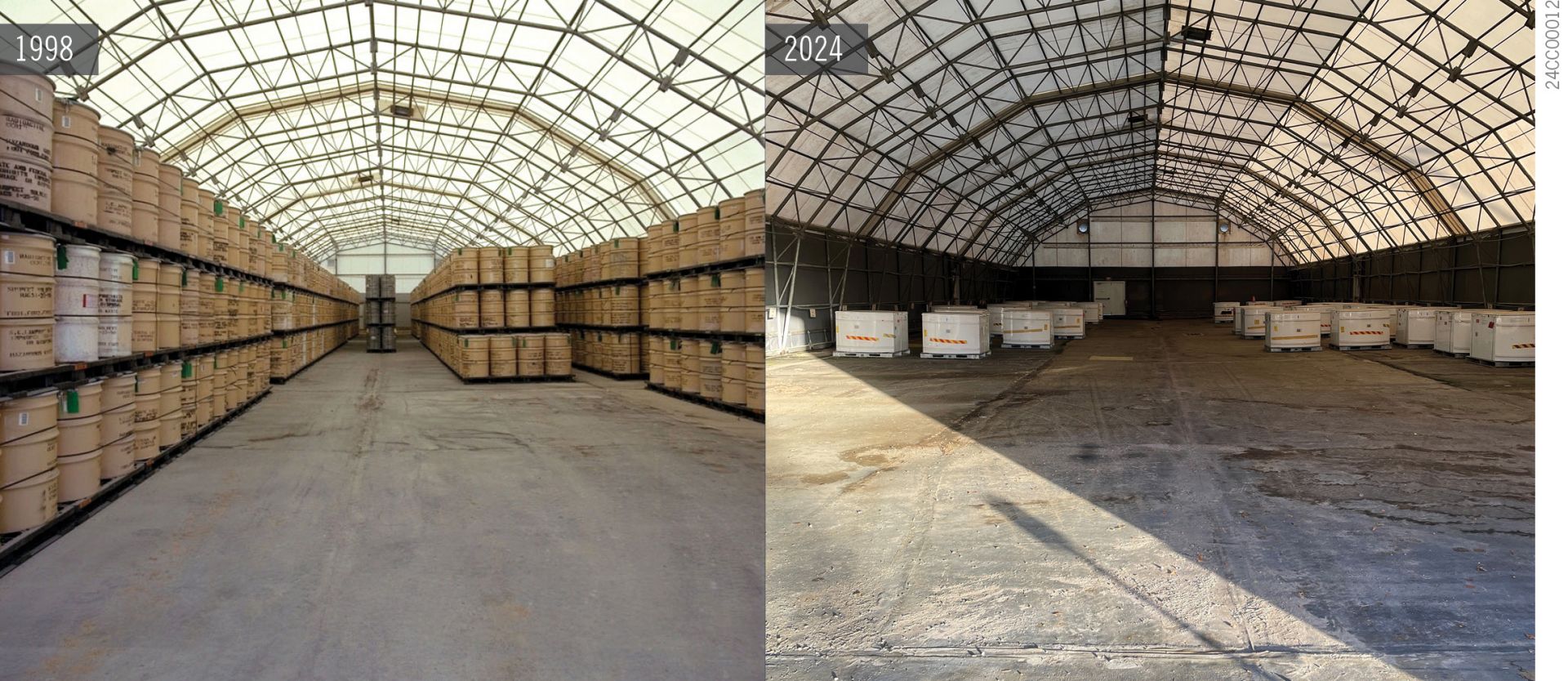



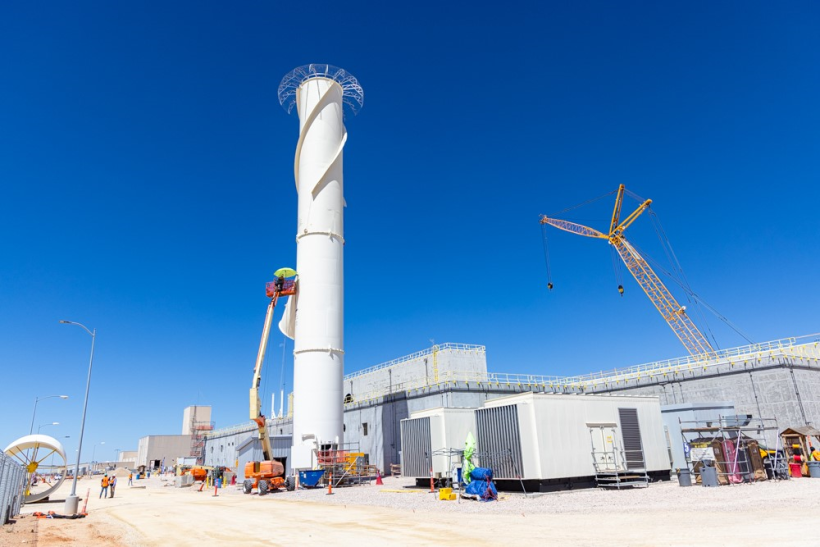

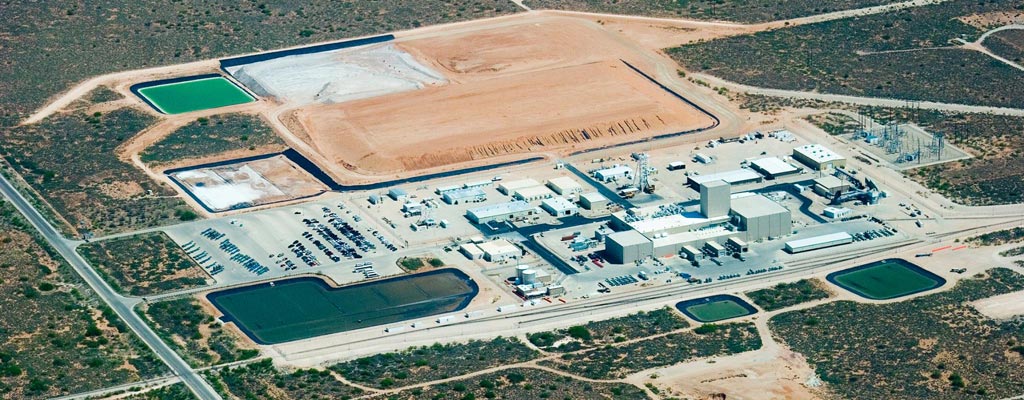



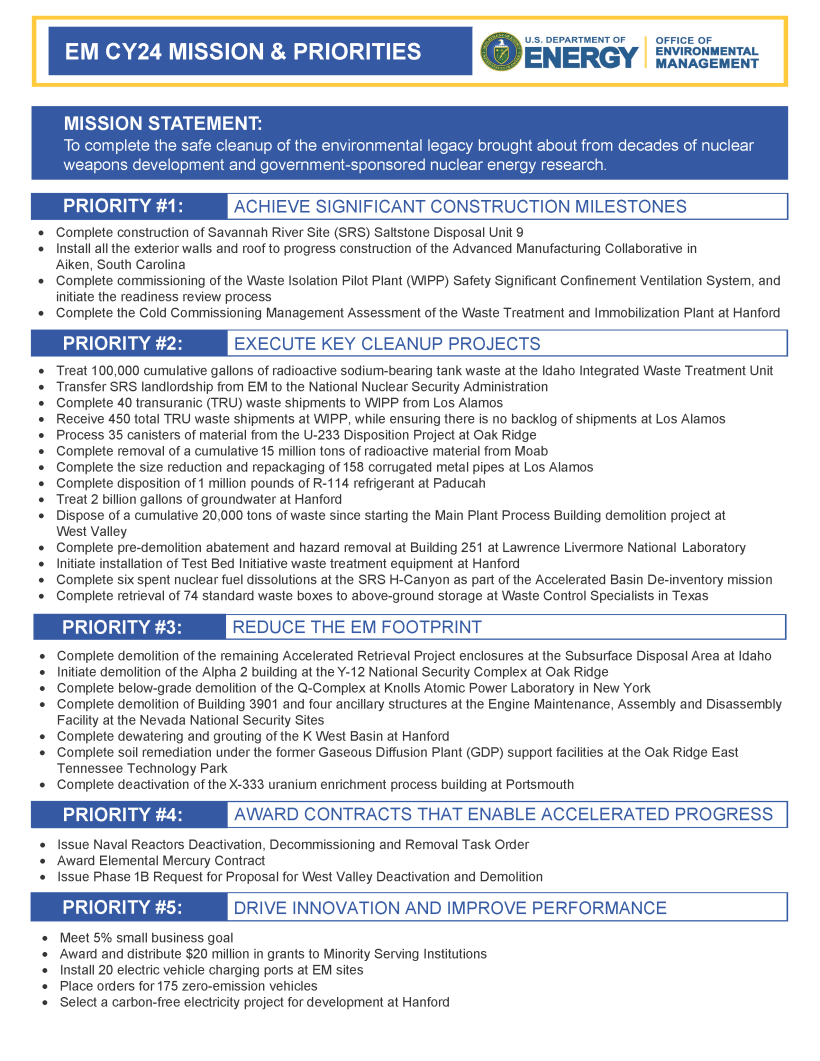
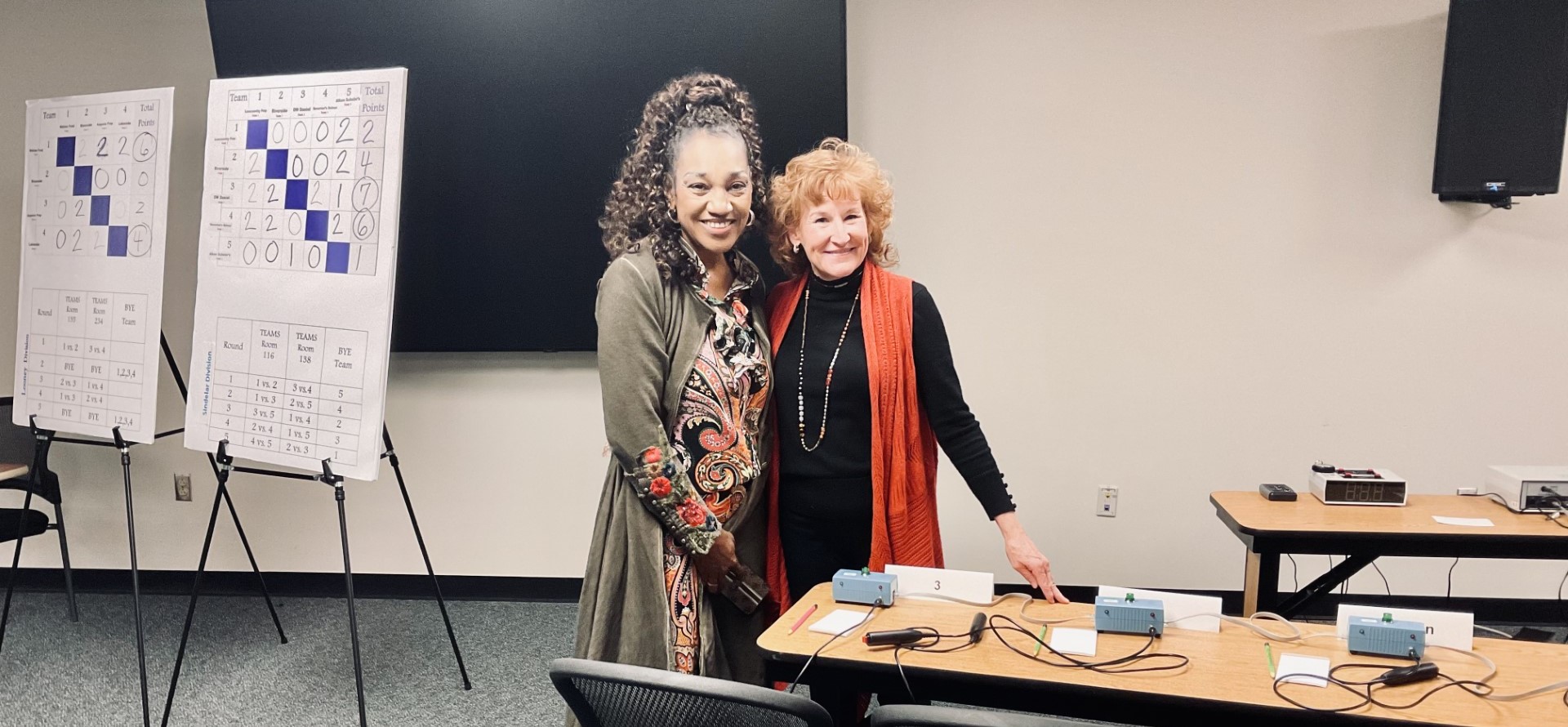
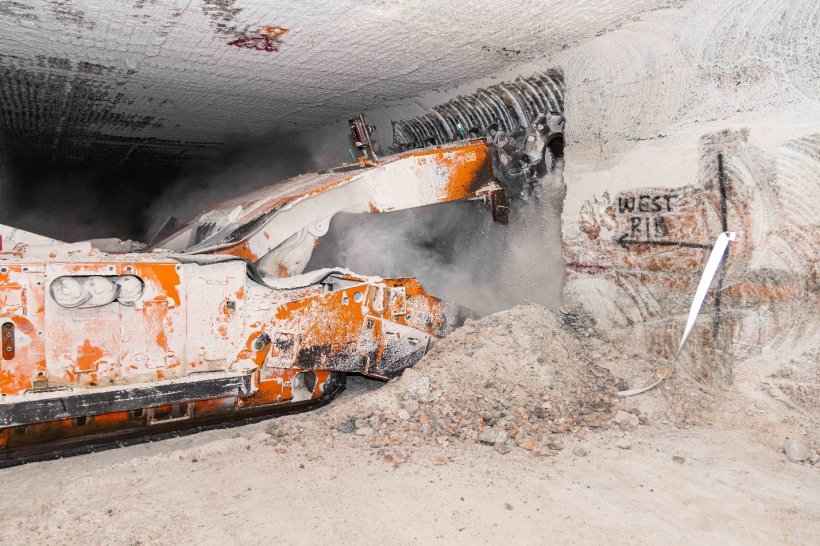
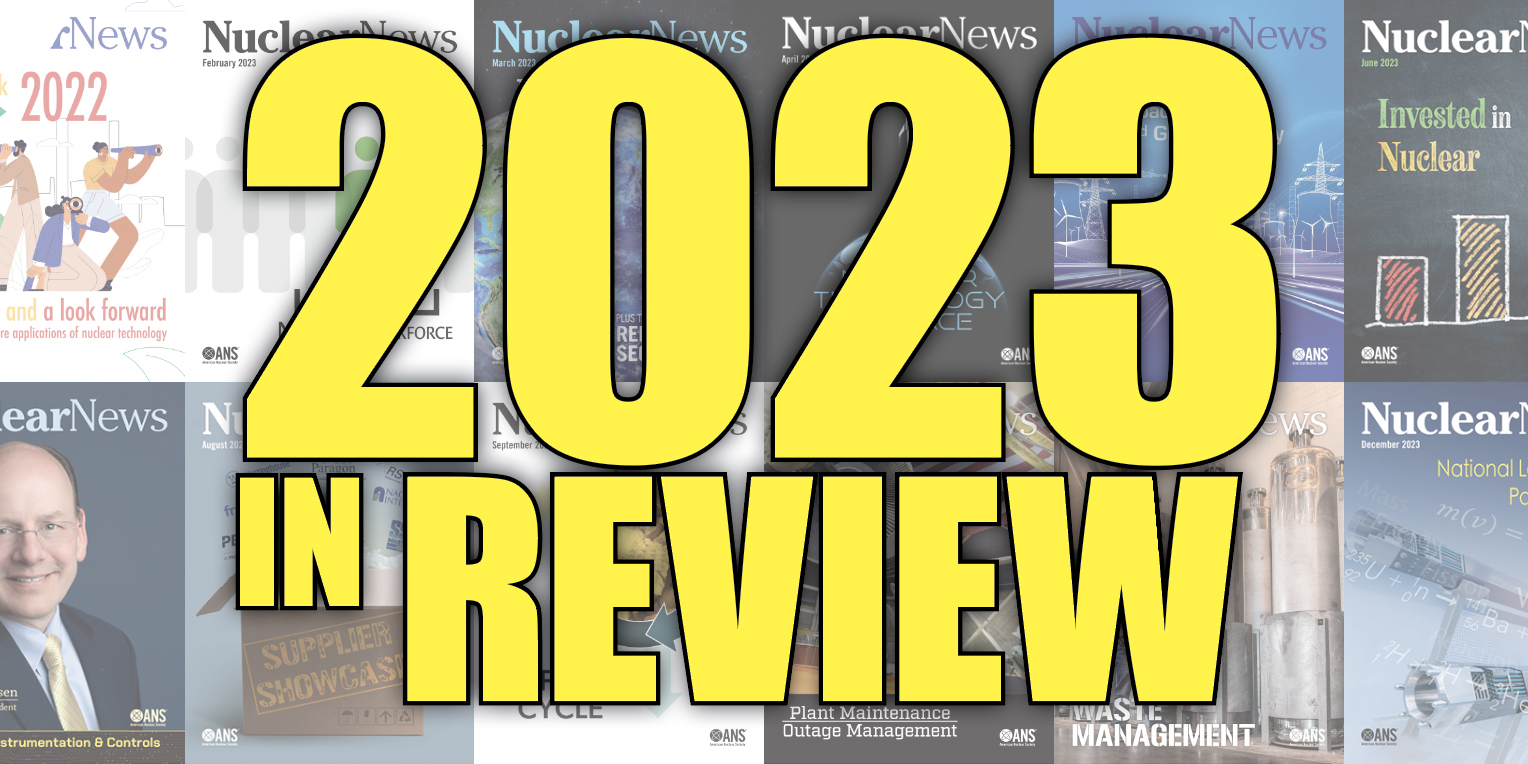
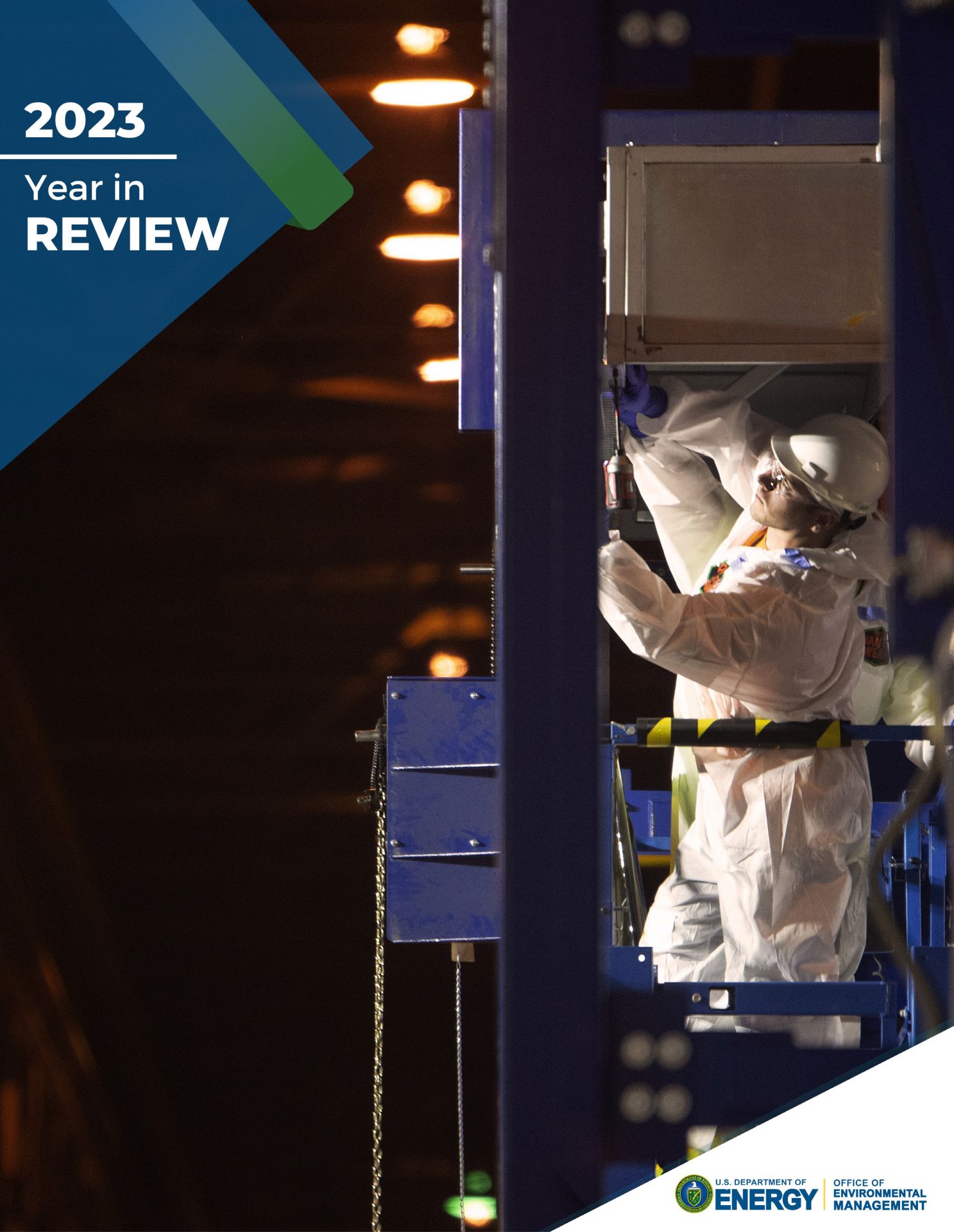 The Department of Energy, in its
The Department of Energy, in its 
